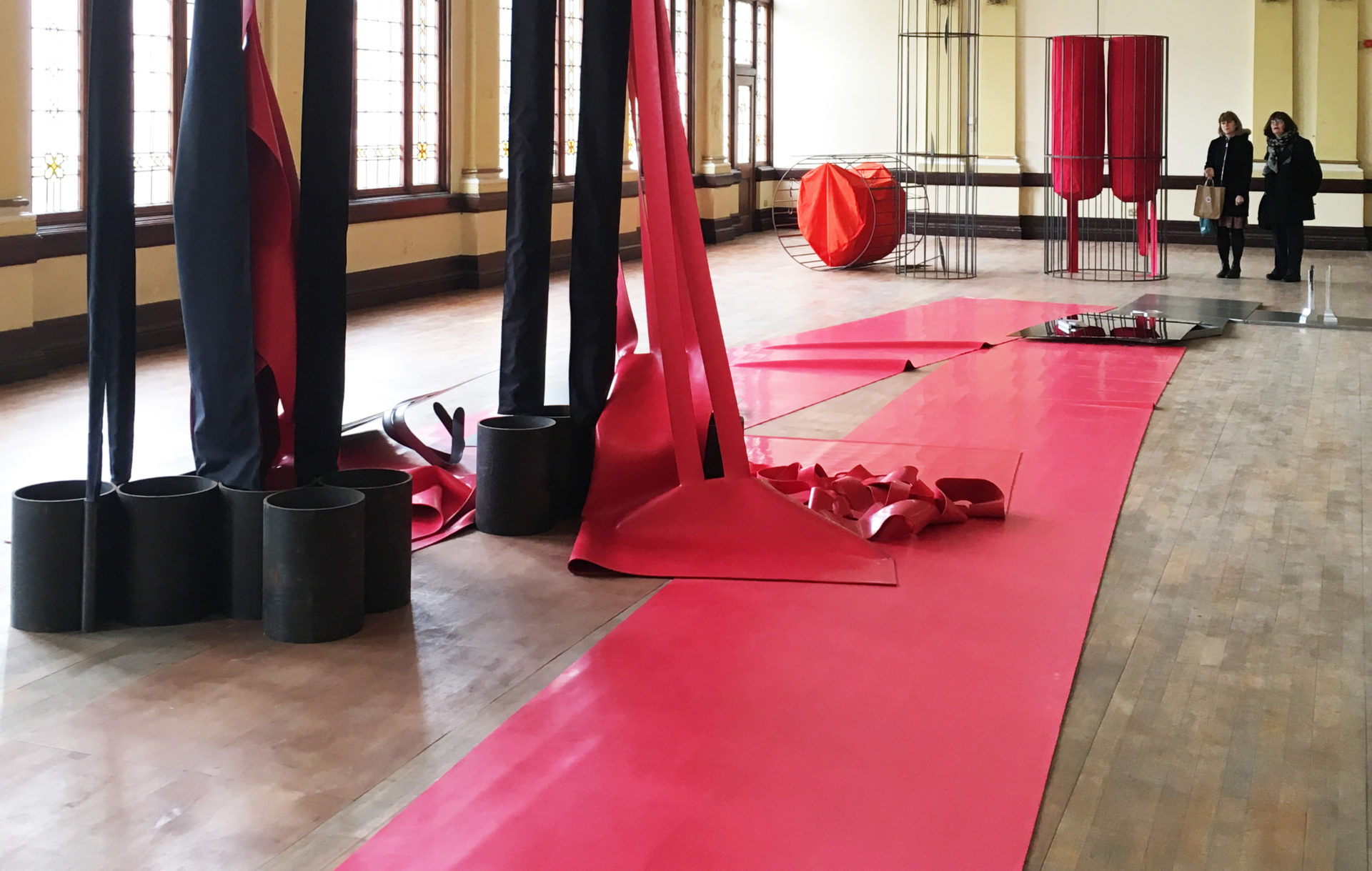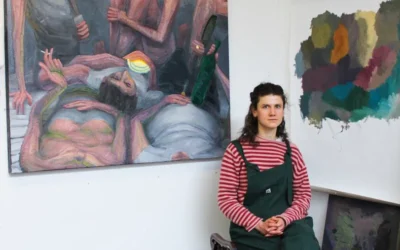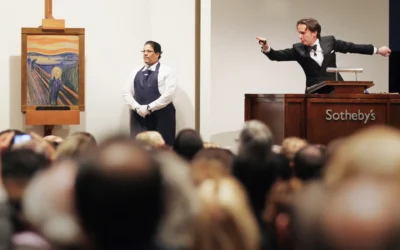Glasgow is a city whose contemporary art scene continues to flourish. Running since 2005, Glasgow International is a two week long Biennale: a celebration of the spaces, atmospheres and histories the city has to offer to contemporary artists and their audiences. There are over 70 exhibitions programmed as part of Glasgow International this year, with those curated by director Sarah McCrory making up the Directors Programme; and plenty more forming a fringe of smaller, yet no less ambitious, projects, exhibitions and performances across the city.
As pointed out in the press release for the Director’s Programme at Tramway ‘Glasgow’s cultural spaces exist predominantly as a result of its strong industrial legacy.’ Historically the wealth of the city came from its position as a trading port and the shipbuilding, metal works and textiles industries. The subsequent decline of these industries left behind buildings for artists to inhabit, reclaim and transform. Tramway is one such institution, housed in a vast tram shed once home to the city’s main tram terminus, depot and factory.
In the group show for the Director’s Programme, the work of Lawrence Lek explicitly and playfully explores this link between the decline of industry and the rise of contemporary art. His 3D simulation QE3 (2016) is set in a speculative future and tracks the final journey of the QE2 from its Dubai home to Glasgow, the site of its creation. In a knowing acknowledgement of the pervasive requisitioning and repurposing of industrial buildings, Lek proposes and visualises the transformation of the ship into a utopian art school. It is split in two and upended to form a triumphant arch, housing student accommodation and studio space. For Lek, who is based in London, perhaps this vision is a provocative reflection on what Glasgow currently offers – an abundance of cheap space for artists priced out of London – and a foreboding prediction of what may lie ahead for the city if property developers follow the exodus of artists.
(The image is from Bright Bodies by Claire Barclay at Kelvin Hall, Glasgow)



